Description
Doorbell, Wireless Doorbell, White, Grey
Honeywell Series 5 DC515SP2 properties
| Product name | Series 5 DC515SP2 |
| Type | Doorbell |
| Dorbell | Wireless Doorbell |
| Colour | Grey, White |
| Number of Ringtones | 6 pcs |
| Lighting in Push Button | Yes |
| Range Wireless Transmitter | 150 m |
| Max Volume | 84 dB |
| Adjustable Volume | Yes |
| Height | 3.0 cm |
| Width | 7.0 cm |
| Depth | 1.6 cm |
| Weight | 23.5 g |

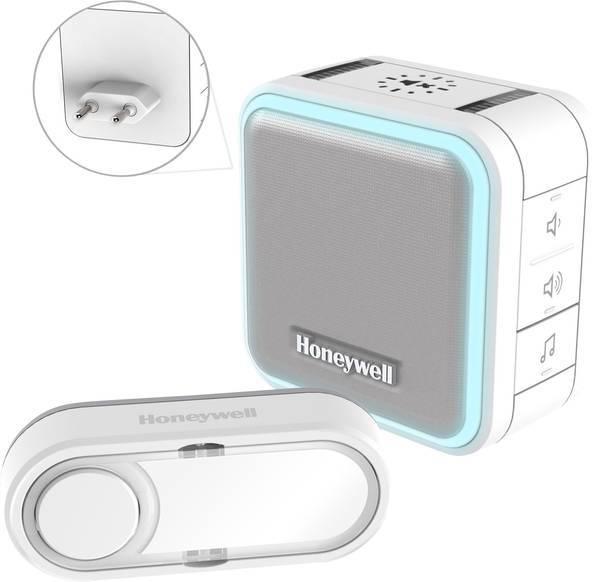



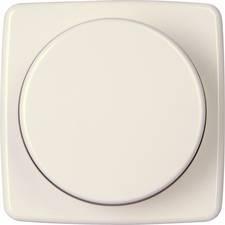
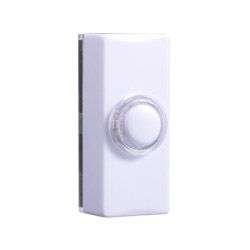
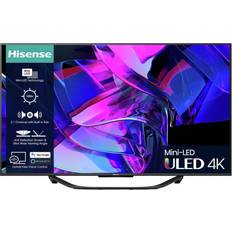
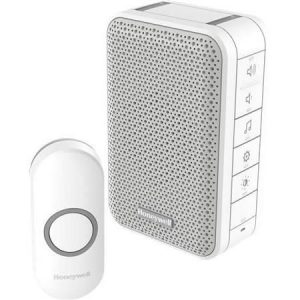
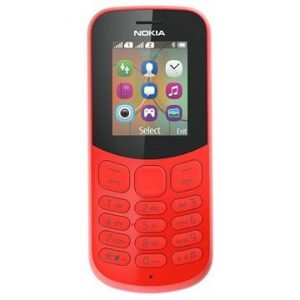
Reviews
There are no reviews yet.